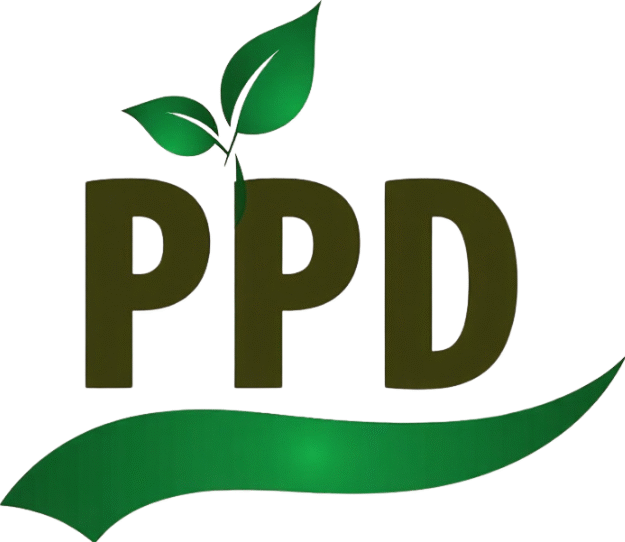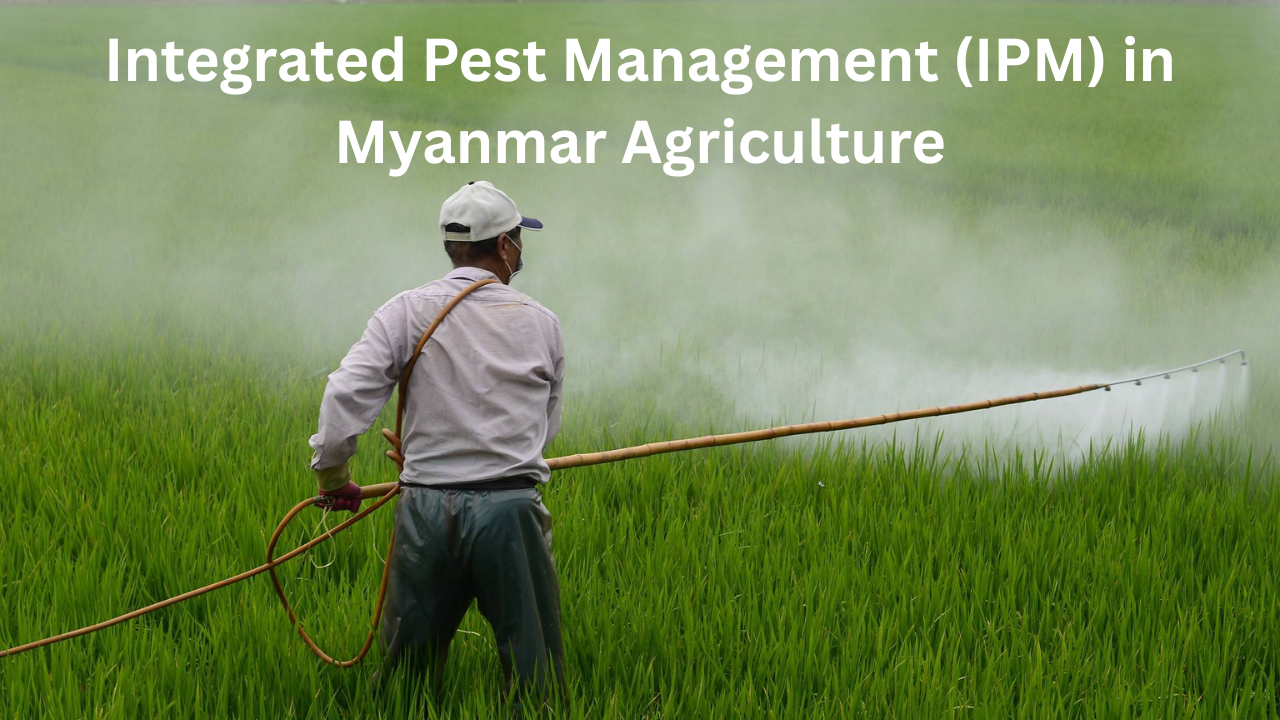
Myanmar’s agricultural sector, which supports nearly 70% of the population, faces major pest challenges that threaten food security, incomes, and the environment. In response, the country has steadily embraced Integrated Pest Management (IPM)—a holistic, environmentally sensitive approach that combines biological, cultural, mechanical, and chemical methods to manage pests sustainably.
This article dives into how IPM is being implemented in Myanmar, highlighting its components, institutional support, field-level success, challenges, and the road ahead.
What is Integrated Pest Management (IPM)?
IPM is a science-based, decision-making process that:
- Minimizes pest damage by combining multiple pest control techniques.
- Reduces dependence on harmful chemical pesticides.
- Promotes ecological balance and biodiversity in farming systems.
In Myanmar, IPM has been promoted through various public programs, research initiatives, and partnerships, led primarily by the Plant Protection Division (PPD) and supported by international organizations like FAO, IRRI, JICA, and ASEAN partners.
Key Components of IPM in Myanmar
- Biological Control
- Use of natural predators, parasitoids, and pathogens to control pest populations.
- Successful introduction of Trichogramma spp. and entomopathogenic fungi in rice and vegetable fields.
- Cultural Practices
- Crop rotation, intercropping, proper planting times, and resistant varieties.
- Helps disrupt pest life cycles and create unfavorable conditions for pest outbreaks.
- Mechanical and Physical Methods
- Use of pheromone traps, light traps, sticky boards, and netting.
- Widely adopted in vegetable production, especially in IPM Farmer Field Schools.
- Chemical Control (as a last resort)
- Selective and judicious use of pesticides only when necessary.
- Preference for bio-pesticides and WHO Class III/IV chemicals under strict guidance.
- Monitoring and Decision Tools
- Regular pest scouting and population monitoring.
- Application of economic threshold levels before deciding on interventions.
IPM Programs and Institutional Support
PPD plays a central role in IPM implementation through:
- IPM Farmer Field Schools (FFS): Hands-on training programs in major crop areas.
- National IPM Strategy: Developed with FAO and regional partners.
- Pest Diagnostic Labs: Support accurate identification of pests and natural enemies.
- Demonstration Farms: Promote on-site learning for farmers and extension workers.
Field-Level Success Stories
Rice IPM in Ayeyarwady Delta
- Introduction of Trichogramma and FFS reduced chemical pesticide use by 40%.
- Yield increased by 10–15% without compromising pest control.
Tomato and Cabbage IPM in Shan State
- Pheromone traps and neem-based bio-pesticides replaced synthetic chemicals.
- Farmers reported higher profits due to reduced input costs and better market prices.
Pulse Crops in Dry Zones
- Cultural control through early sowing and resistant varieties helped manage Helicoverpa armigera and Maruca vitrata.
Benefits of IPM Adoption in Myanmar
- Reduced Chemical Dependency: Less environmental pollution and health hazards.
- Better Crop Health: Enhanced yields and quality due to balanced pest management.
- Empowered Farmers: Knowledge-intensive approach increases farmer decision-making capacity.
- Resilient Ecosystems: Natural enemies preserved, leading to long-term pest suppression.
Key Collaborations Driving IPM
| Partner | Role in IPM |
|---|---|
| FAO | Technical support, training modules, policy development |
| IRRI | Research on pest dynamics in rice systems |
| JICA | Capacity building and field project implementation |
| ASEAN NPPO Network | Regional knowledge sharing and harmonized pest control efforts |
| Myanmar Agriculture Services (MAS) | Extension outreach and farmer training |
Challenges in Scaling IPM
Despite its benefits, several hurdles exist:
- Limited Extension Coverage: Not all regions have access to FFS or trained IPM staff.
- Pesticide Overuse Culture: Many farmers still rely on chemical inputs due to habit or aggressive marketing.
- Inadequate Supply of Bio-Agents: Limited commercial production and distribution of natural enemies.
- Policy Gaps: Need for stronger enforcement of pesticide regulation and incentives for IPM adoption.
Road Ahead: Strengthening IPM in Myanmar
To maximize the impact of IPM, Myanmar must focus on:
- Expanding IPM Training Programs: More Farmer Field Schools, digital outreach, and village-level trainers.
- Incentivizing Biocontrol and Organic Inputs: Through subsidies, quality control, and local production.
- Strengthening IPM Legislation: Better regulatory oversight of pesticide use and registration.
- Integrating IPM with Climate-Smart Agriculture: Align pest control with changing agroecological conditions.
IPM in Myanmar at a Glance
| Aspect | Details |
|---|---|
| Lead Institution | Plant Protection Division (PPD) |
| Key Practices | Biocontrol, cultural control, traps, selective pesticides |
| Priority Crops | Rice, pulses, vegetables, fruits |
| Key Regions | Ayeyarwady, Shan, Mandalay, Sagaing, Magway |
| Major Support Partners | FAO, JICA, IRRI, ASEAN, NGOs |
| Impact | Reduced pesticide use, improved yields, ecological sustainability |
Conclusion
Integrated Pest Management is not just a method—it’s a mindset shift toward more sustainable and informed farming. In Myanmar, IPM has shown that pest control can be effective without sacrificing the health of ecosystems, farmers, or consumers. With stronger institutional backing, farmer participation, and policy coherence, IPM can become the foundation of a resilient and modern agricultural system in Myanmar.
Top 3 One-Line FAQs
Q1: What is Integrated Pest Management (IPM)?
A: IPM is a sustainable approach to pest control using multiple methods with minimal pesticide use.
Q2: How does IPM benefit farmers in Myanmar?
A: It reduces input costs, improves yields, and promotes safer farming practices.
Q3: Who supports IPM implementation in Myanmar?
A: IPM is supported by PPD, FAO, JICA, IRRI, and regional ASEAN partners.

